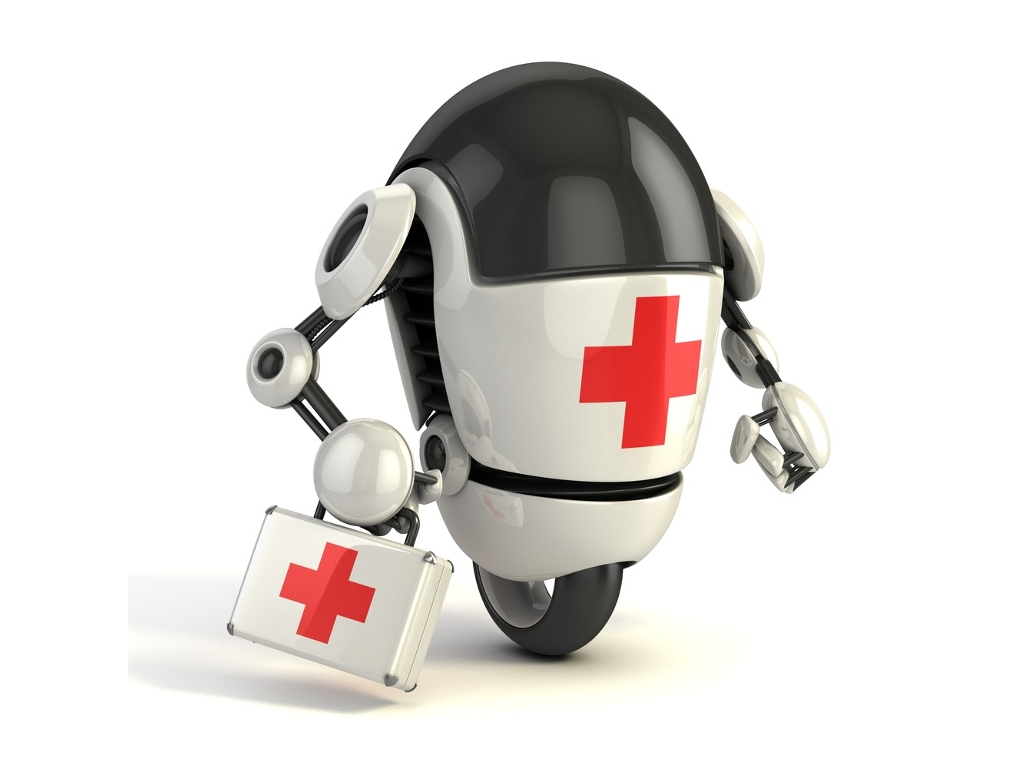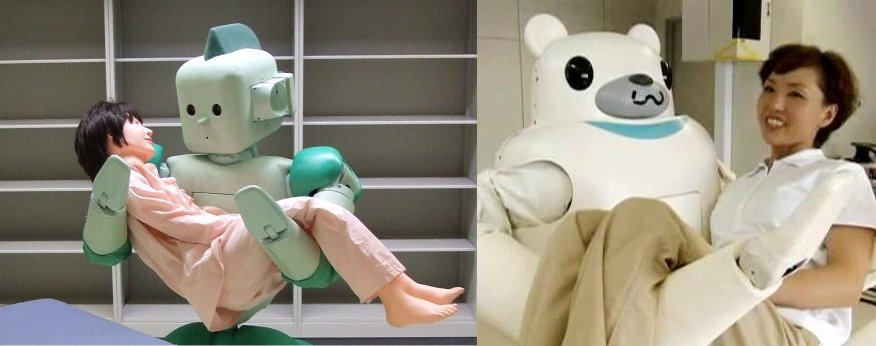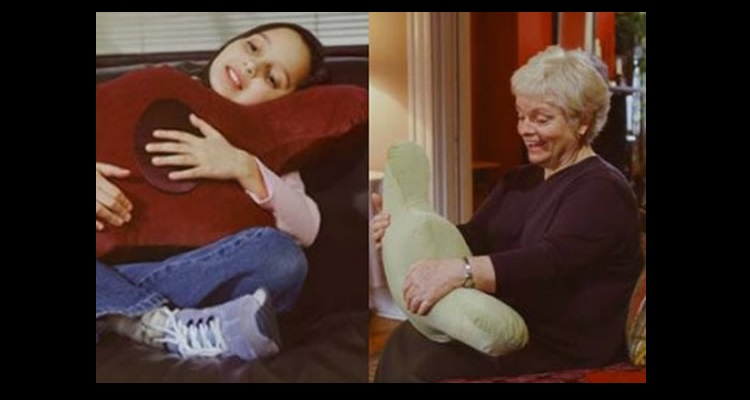Medical Robots Helping Grandparents in the Near Future
Released in 2012, the movie Robot and Frank is about a retired burglar who uses his home healthcare robot to crack safes. The movie portrays a somewhat realistic view of how home hospice might look within the next 10 to 20 years.
According to the World Health Organization (WHO), two billion people will be aged 60 and older by 2050, and as people across the world live longer, there will be soaring levels of chronic illness and diminished well-being. To combat this major global health challenge, research institutions and companies are designing and testing healthcare robots for practical application.
What These Medical Robots Do?
An article in the International Journal of Social Robotics reviews current research about the human responses to healthcare robots and gives a broad definition of what healthcare robots are. They can be categorized as “robots that provide physical assistance, companionship and those that monitor health and safety.” A very small example of healthcare robot tech (outside of standard medical devices like heart monitors) would be the Zorjirushi Corp’s I-pot tea kettle, which monitors the daily brewing routines of elderly Japanese who live alone at home and e-mails reports of the pot’s usage to family members.
Beyond keeping track of your grandmother’s tea log, there are several nurse bot projects like Pearl, MOVAID and Care-O-Bot (real name) which all focus on giving older people assistance in the home by performing household tasks like cooking meals in the microwave, removing bed sheets, or helping disabled people eat or walk, but some of these programs are no longer active or need more studies done to understand how to best implement them in an everyday healthcare or home hospice setting.
Ri-Man Can Safely Carry Patients
Other more social robots, such as Ri-man, show promise for practical application because they’re not only more efficient, but also more adaptable. Developed in 2006, Ri-man and his cousin RIBA were considered one of the best inventions for medicine because of their abilities to mimic human decisions and lift patients safely in their arms. Ri-man is a robot covered in tactile sensors and has the ability to lift human patients out of chairs or beds and also gently set them back down. He also has the ability to track human faces, smells and understand sounds, which are essential functions most of Ri-man’s predecessors couldn’t perform adequately when faced with treating elderly patients who had different aliments or speaking and hearing impairments
AIBO and The Hug for When Grandma Is Lonely
Other social robots like the AIBO the robotic dog (which can be purchased on Amazon) have been shown to decrease feelings of loneliness in older people who are in long-term care facilities, but for the extremely lonely people who yearn for basic human interaction there’s The Hug robotic pillow—a pillow you hug that hugs back.
The Hug was designed to help provide older people with emotional support by, you guessed it, giving them hugs. Through its shape, texture and voice recognition capabilities, it can understand both what type of emotional support an older person may need and also recognize the physical pressure being applied to its tactile surface so that it can hug back when grandma gives it a squeeze. Essentially, The Hug was designed to help older people who have distant families maintain an emotional connection with them, and in a way it acts almost as a hug mediator, a grandparent can electronically send a hug to a grandchild and receive one in return using the robotic system as sort of a hug relay. Perhaps as we near 2050, AOL will make a come back as an e-mail giant by switching to being an all hug mail server: “You’ve got Hug mail.”
Personally, a hug bot seems sweet and innocent in theory, but better suited as a possible bonus feature that could be downloaded to a humanoid healthcare bot. Having a nurse bot that can cook, clean and hug you would make for a great companion, but sticking grandma in a home and leaving her dependent for human contact through a mechanical hug pillow surrogate would just be sad and cruel. “Sorry I can’t visit you anymore grandma, here’s a pillow that will squeeze you when you’re sad.”
Grandparents Wary of Technology
It goes without saying that these amazing robotic advances still have a ways to go before they can be put to good use. According to the study, most of these robots’ major setbacks either stem from them being unable to properly handle diverse situations, like in the case of nurse bots not understanding how to personalize care as they go from patient to patient in a nursing home, or patient apprehension of the robots physical appearance. Some elderly people (like so many of us) may feel uneasy or completely terrified when something they perceive to be extremely inhuman is allowed into their personal space. Not only would it be scary to have an automaton try to give you a sponge bath, it might also be extremely hard for elderly patients to comprehend how they’re supposed to interact with a healthcare bot. I know it’s hard for my grandma to understand how to work a VCR, I can’t imagine how she would react if Ri-man burst into her room and attempted to scoop her out of bed.
It’s hard to tell what the future has in store for us, but when we reach old age, I have a feeling we’ll all be wishing we had Old Glory Insurance to protect us from the cold, death grip of robots like Ri-man. Let’s just hope none of these robotic scientists decide to make these machines powered by prescription pills, or we’re all doomed.




